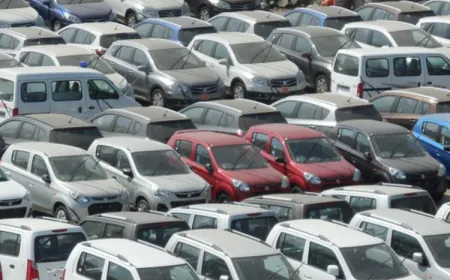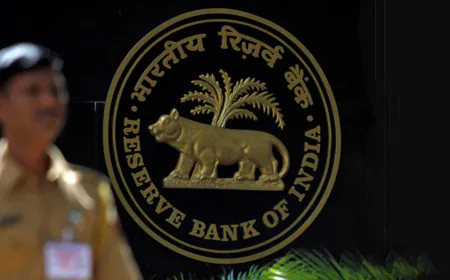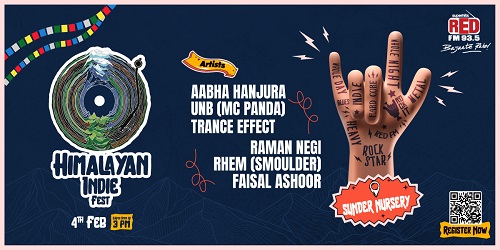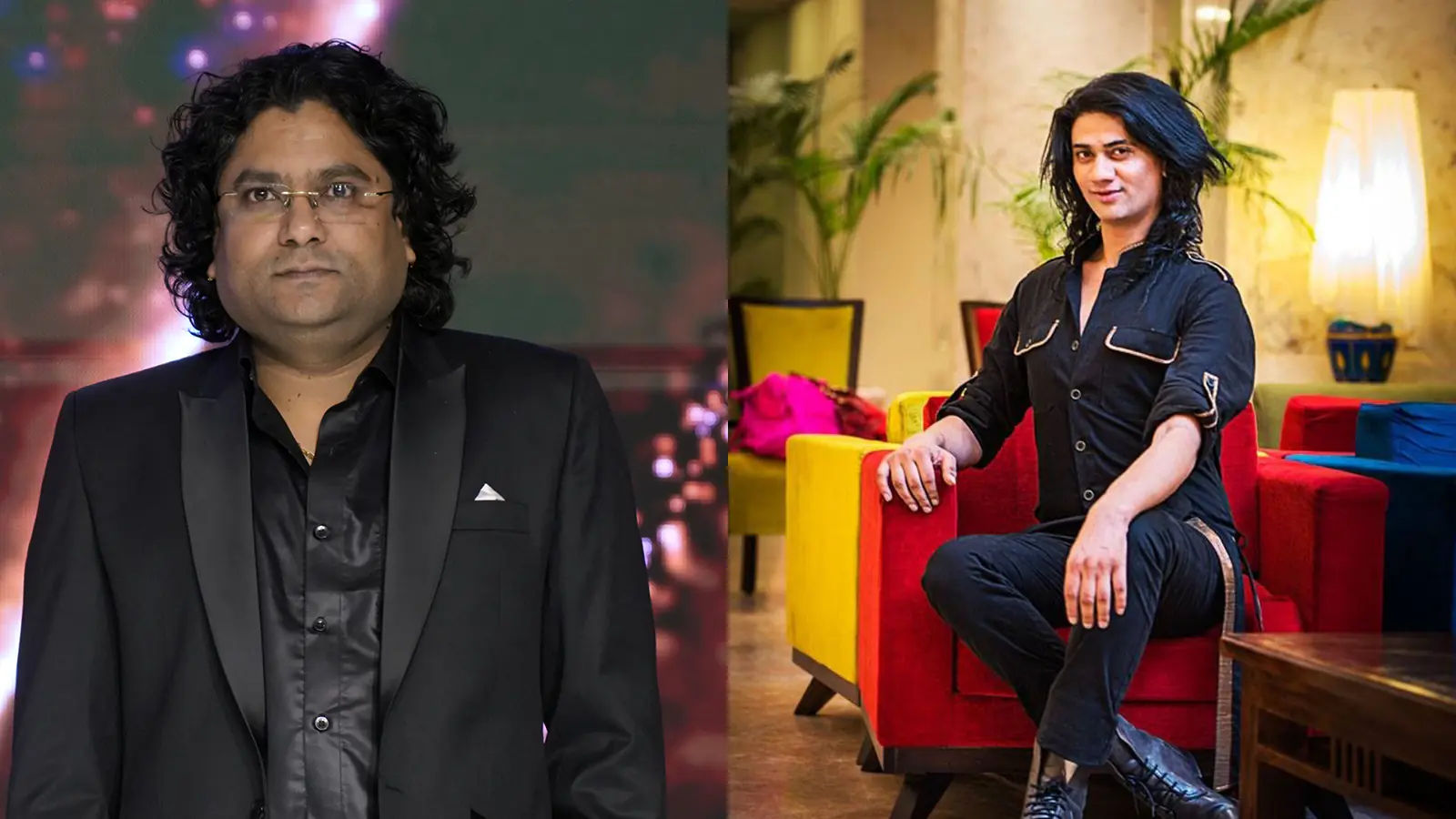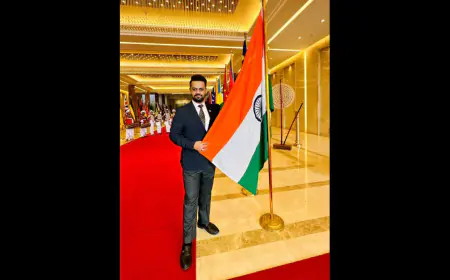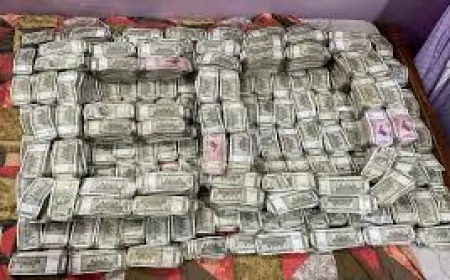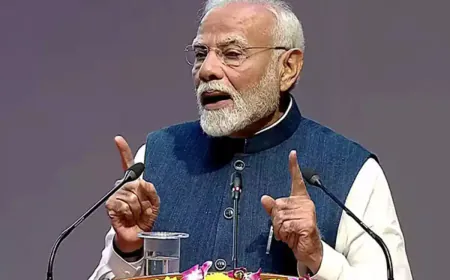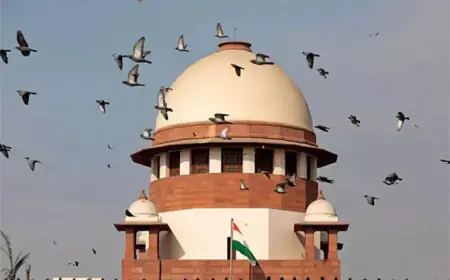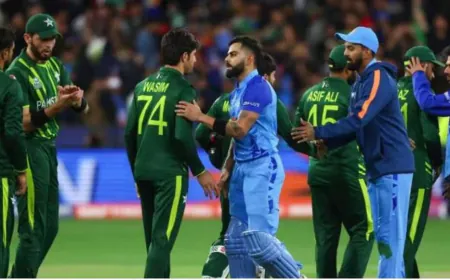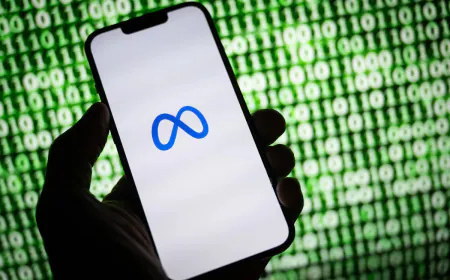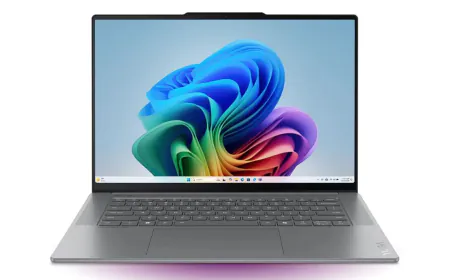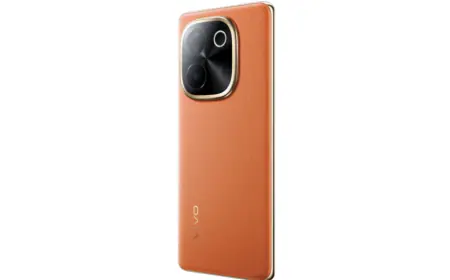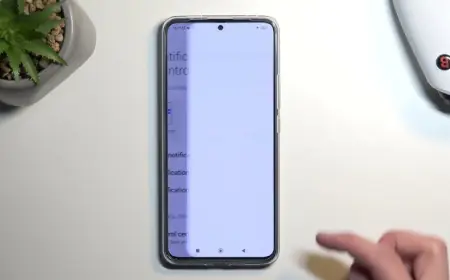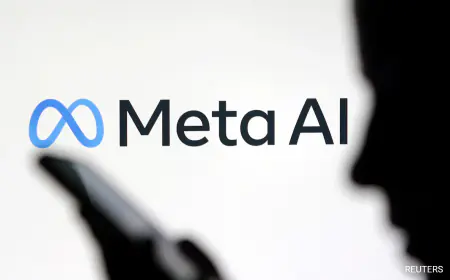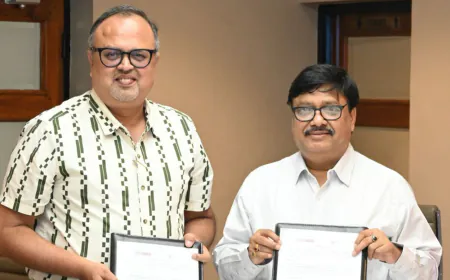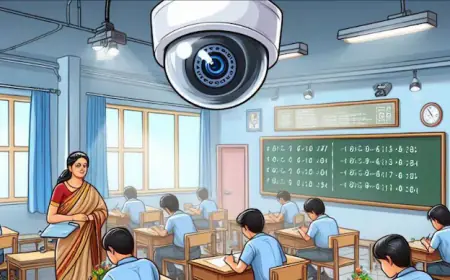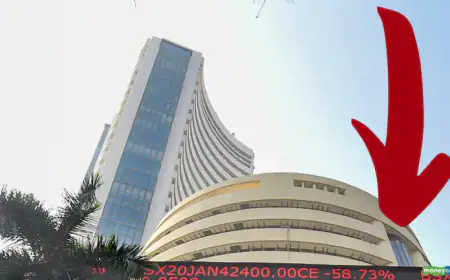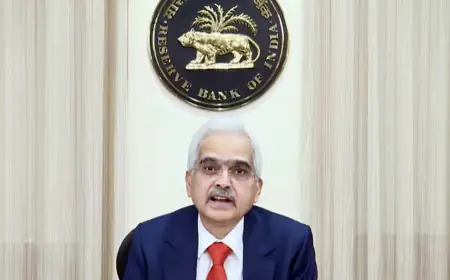India has the capacity to do 100 billion UPI transactions every month, there will be 2 billion transactions per day by 2030
National Payments Corporation of India CEO Dilip Asbe today said India is capable of processing 100 billion UPI (Unified Payments Interface) transactions per month. This is a tenfold increase from the 10 billion transactions in August 2016. NPCI CEO and MD Dilip Asbe said that the number of UPI users has now reached 350 million.
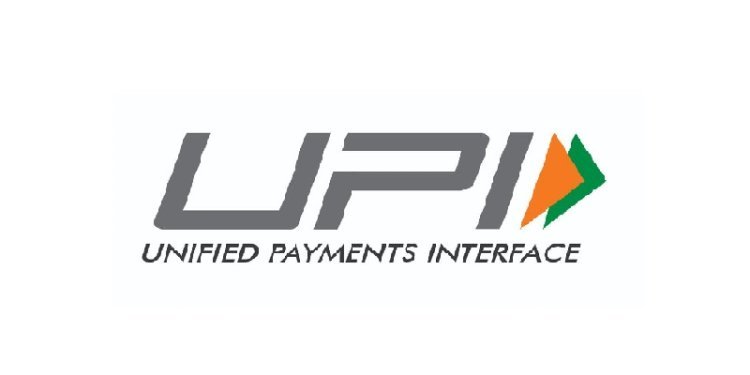
National Payments Corporation of India CEO Dilip Asbe today said India has the capacity to handle 100 billion Unified Payments Interface (UPI) transactions a month. This will be a 10-fold increase from the 10 billion transactions achieved in the month of August 2016.
Dilip Asbe, CEO and MD, NPCI, told news agency PTI that currently there are 350 million UPI users and the growth opportunity in merchants and users is 3X.
The CEO of NPCI did not yet say when the figure of 100 billion would be reached but he did say that there will be 2 billion transactions per day in India by the year 2030. Currently, the Visa card network processes 22.5 billion transactions every month, while Mastercard processes more than 11 billion transactions.
CEO Asbe said credit card usage could see a tenfold increase if the industry embraces the emerging trend of somatization, but this is only possible if banks provide the right platforms.
He said that currently, credit cards have very high acquisition and underwriting costs, which is a challenge for the inclusion agenda, but digital and technology services can help bring it down.
On the internationalization of UPI, Asbe said such efforts require regulatory help and by 2030, NPCI aims to have the right nexus to enable seamless payments between India and half of the top 30 markets.
Unified Payments Interface (UPI) is a popular mobile payment method that allows you to transfer funds from one bank account to another instantly and free of charge. It is a single-window mobile payment system developed by the National Payments Corporation of India (NPCI).
